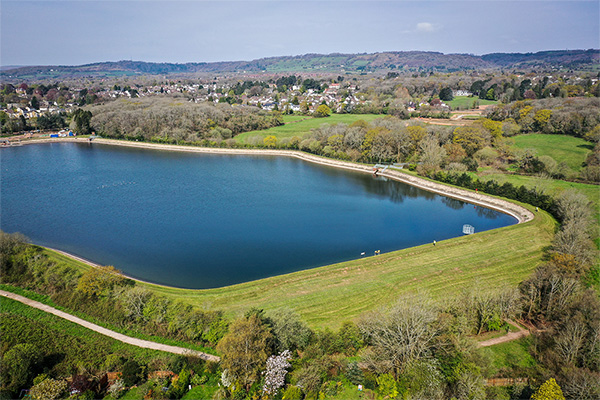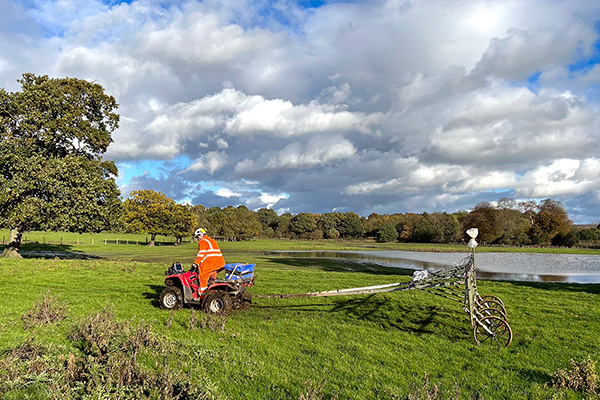The Geophysical Survey Specialists
Our team of geoscientists have been delivering honest, reliable and objective subsurface geophysical mapping services for over 30 years.
How can we help you?
Why Terradat Geophysics?
We know complex geophysical surveys, but we keep things down to earth. With over 30 years of expertise, TerraDat is your trusted partner in engineering, environmental, energy, and archaeological ground investigations.
At TerraDat, we understand the importance of reliable geophysical surveys for making informed decisions. Our experienced team of geophysicists use advanced technology to provide precise insights into subsurface conditions, ensuring your project’s success. We tailor each survey to deliver the specific data you need, always focusing on practical outcomes.
Some of our Customers


















-
"TerraDat offer solutions that work, rather than a method that may not work…"
-
”A breath of fresh air, no comparison"
-
“Always friendly, open and honest about things…”
-
“They always deliver meaningful results”
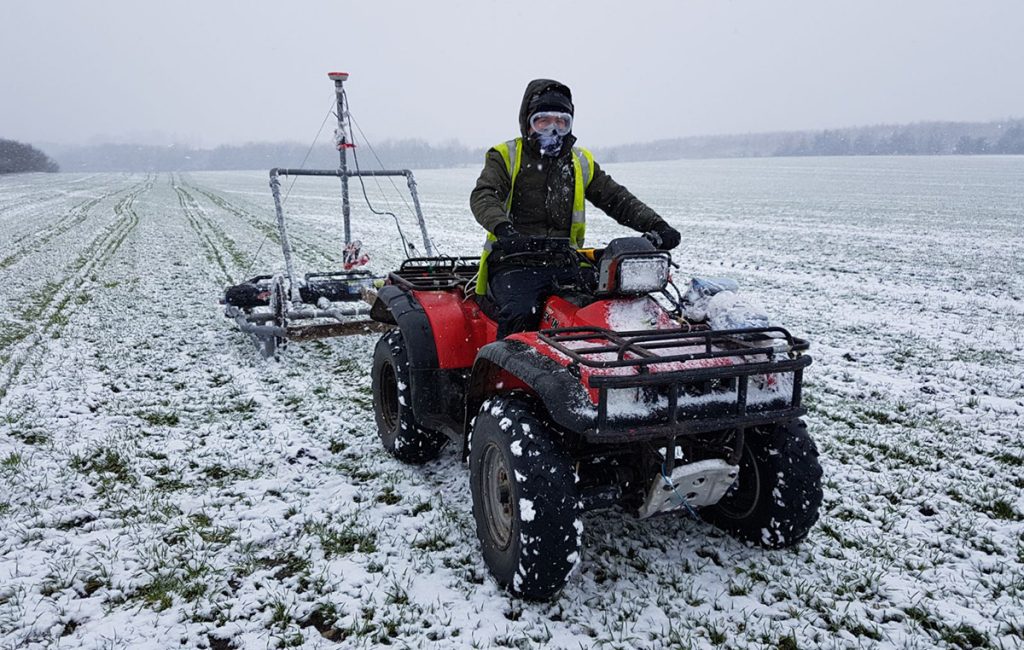
Ground Conductivity (EM)
A ground conductivity or electromagnetic (EM) survey involves the generation of an EM field at the surface and subsequent measuring of the response as it propagates through the subsurface. The main components of the instrument are a transmitter coil (to … Read More
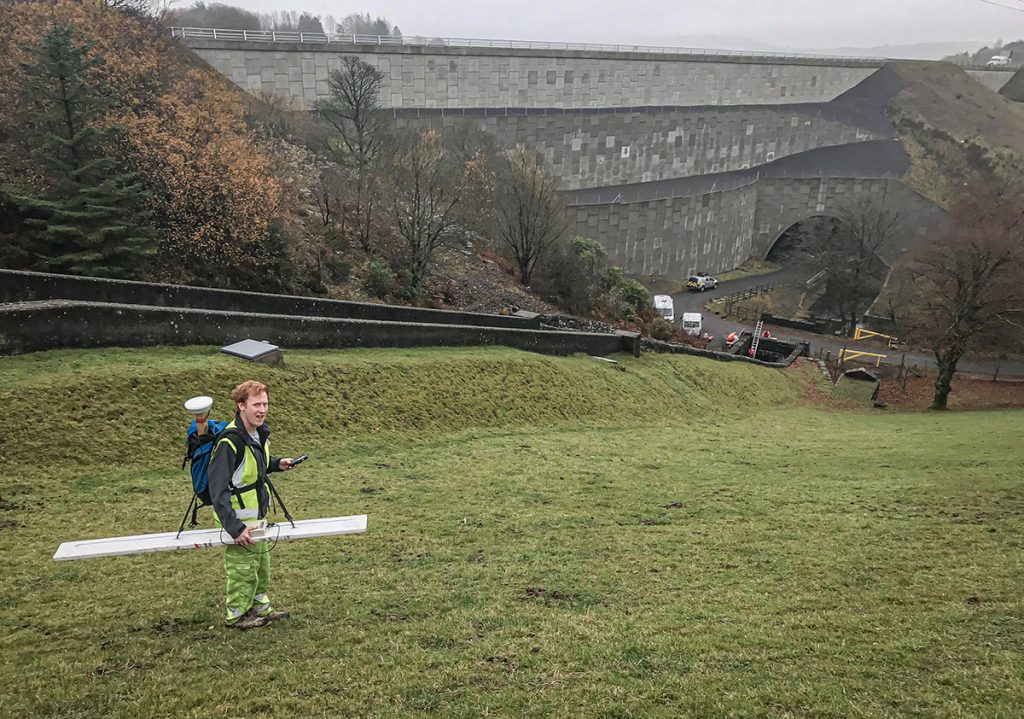
How can geophysical techniques be used to investigate and monitor leaking dams?
Dams are vital structures that contribute to vital infrastructure including drinking water, crop irrigation, and hydroelectric power. These structures, often over a century old are also put under huge stress by the large quantities of water they retain as well … Read More
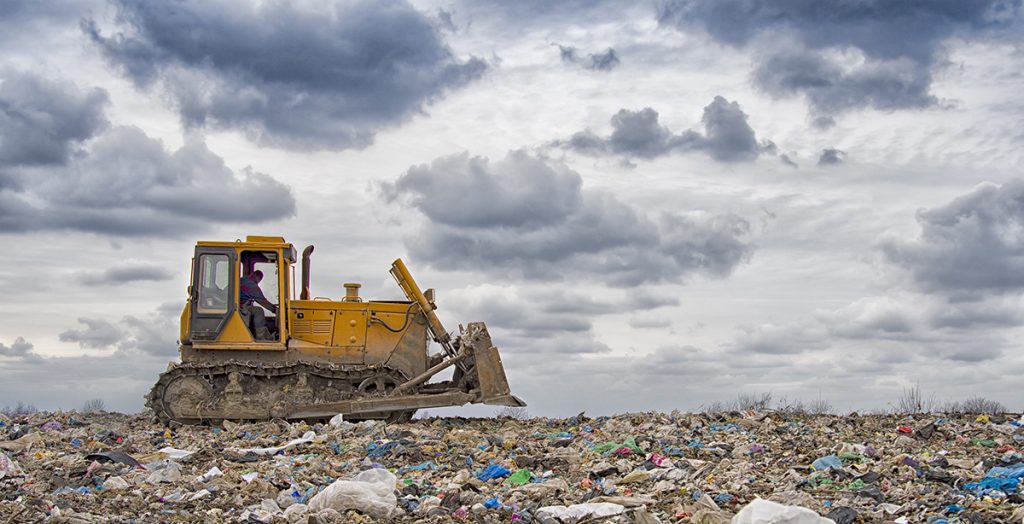
Characterisation of Landfill Sites using Geophysics
Addressing the growing challenge of environmentally compliant landfill management, TerraDat provides expert geophysical survey services for both active and closed landfill sites. Our advanced, non-invasive techniques deliver high-resolution insights into landfill composition and boundaries, surpassing traditional methods in efficiency and … Read More
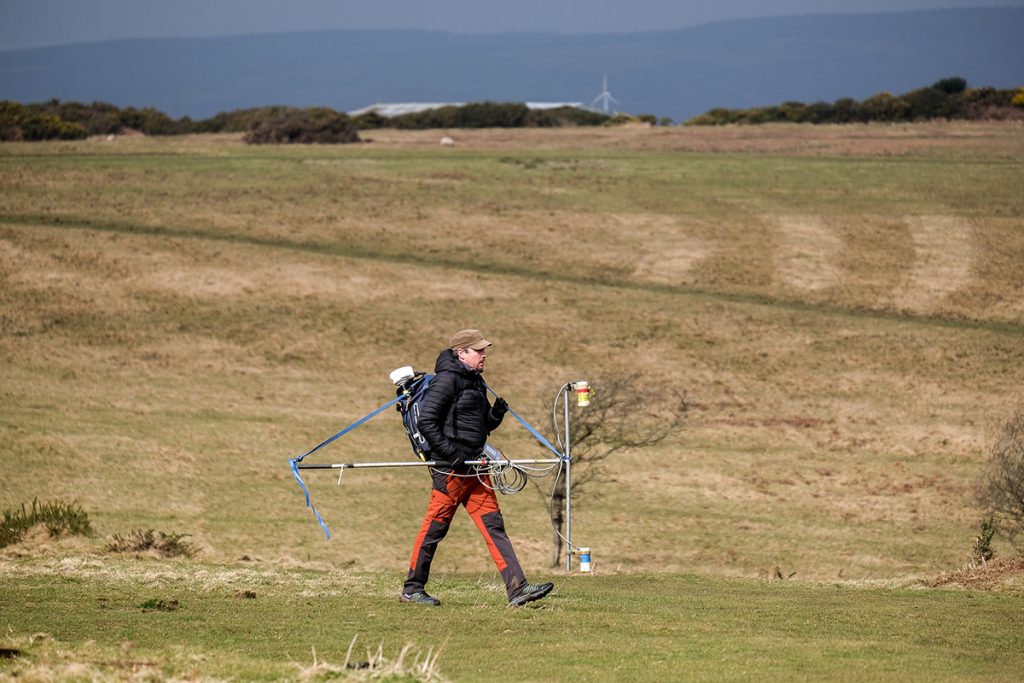
Magnetics
The magnetic survey technique is based on mapping localised variations in the Earth’s magnetic field caused by sub-surface magnetic materials, which range from naturally occurring magnetic minerals to man-made ferrous objects. This leads to a wide range of applications, from … Read More
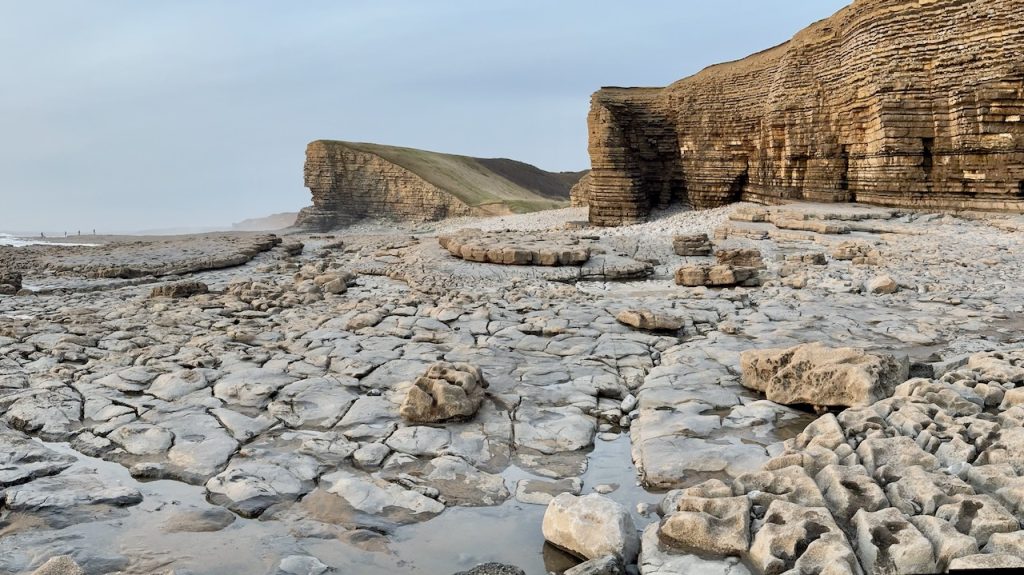
GeoVoyager: A Collaboration with the Royal Society and Cowbridge School
We’re pleased to announce a partnership with Cowbridge School for an innovative educational project called GeoVoyager. The collaboration is made possible thanks to a STEM Partnership Grant from The Royal Society, the oldest scientific institution in continuous existence since 1660. … Read More
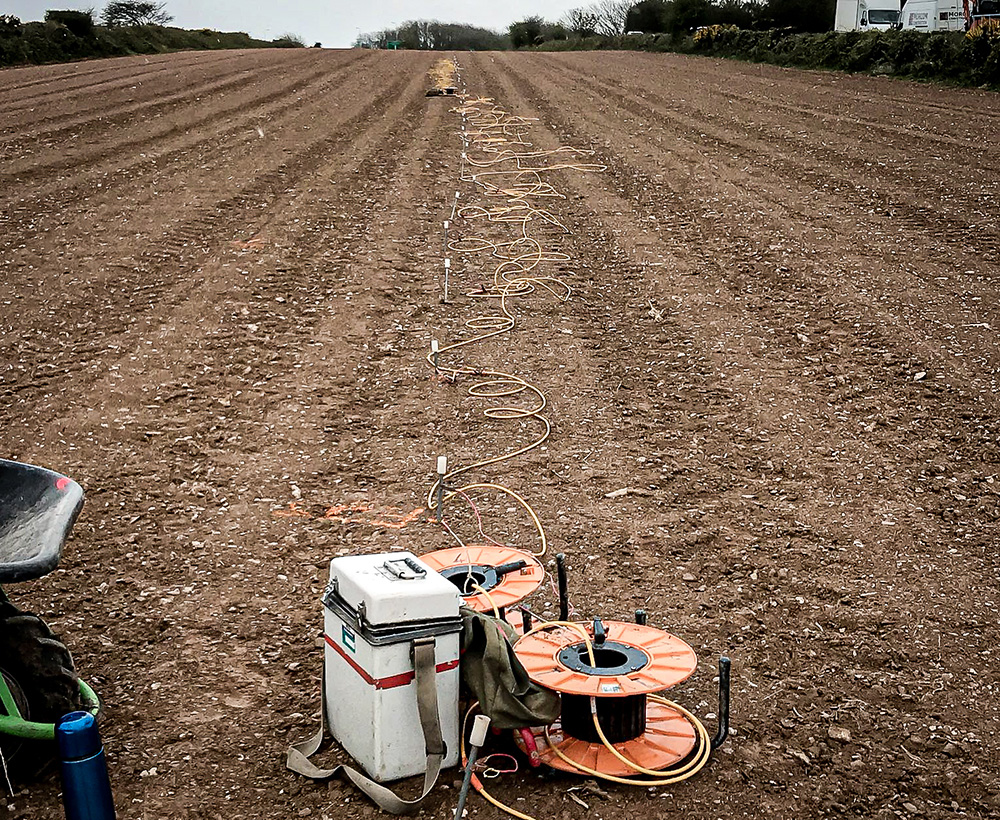
Karst Geology: Void detection & Karst Mapping using Geophysics
TerraDat is regularly contacted by ground engineers asking about our void detection surveys using geophysics. The benefits of our geophysical surveys in terms of maximum area coverage and minimal ground disturbance provide an ideal solution. The best geophysical methods for … Read More
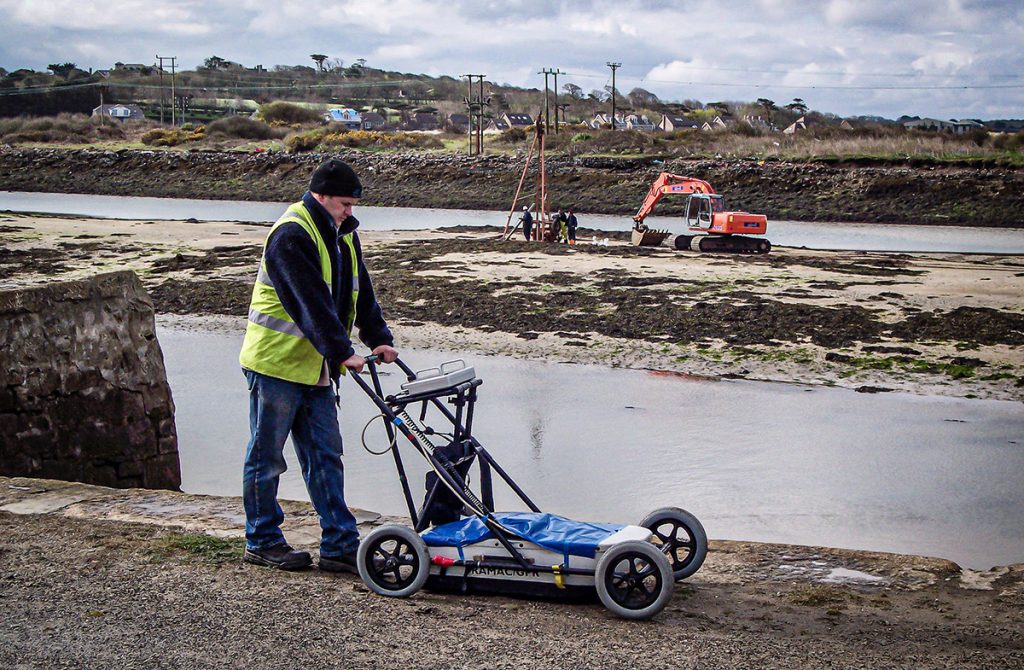
Experienced Ground Radar (GPR) Company
TerraDat has been a GPR survey company since the technique evolved to a level where it could be applied to a wide range of applications over 20 years ago. Because the GPR method involves analysis of wave-form data, our experience … Read More
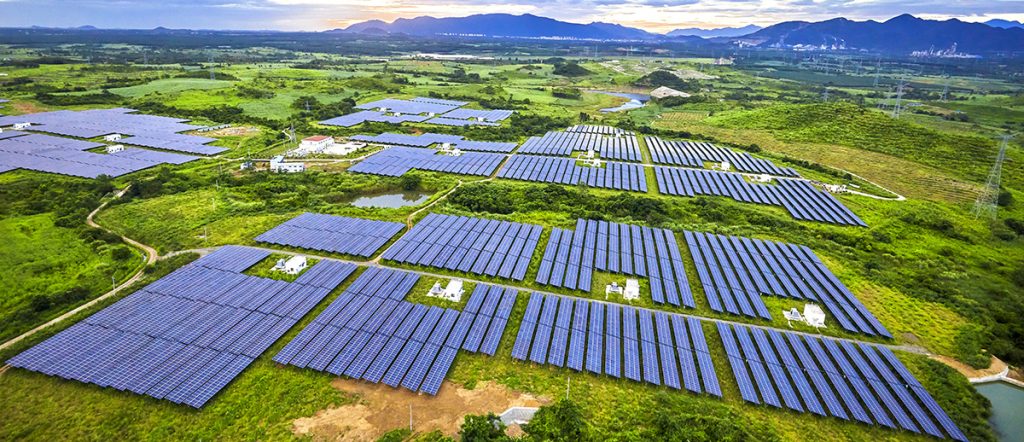
Solar Energy: Investigating the Subsurface Beneath Solar Farms Using Geophysics
Click for more information on investigations for Solar Farms Archaeology beneath solar farms TerraDat provides geophysical services to the renewable energy industry, including wind and solar farms. We employ techniques for investigating the ground beneath these developments to assist with … Read More
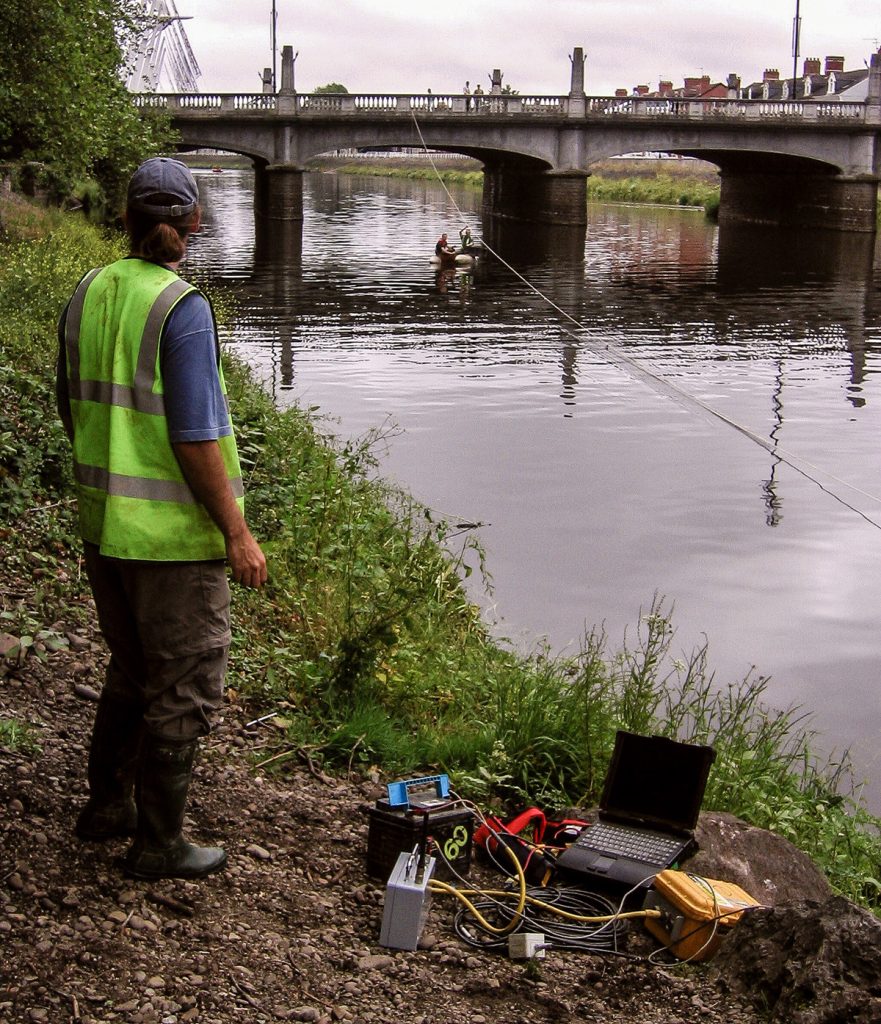
River Crossings: Profiling Geology using Geophysics
Many of our clients constructing roads, laying pipelines or investigating historic bridges find profiling the geology beneath rivers tricky using conventional ground investigation methods. Since the path rivers take is often dictated by changes in geology, the problem can be … Read More
